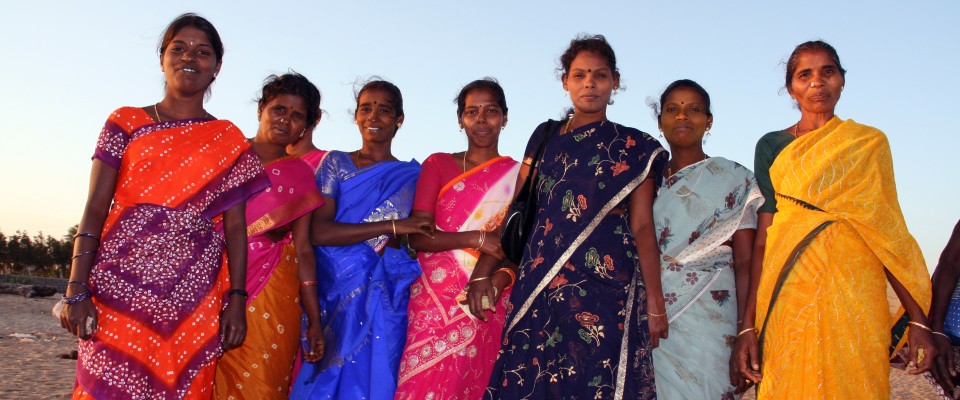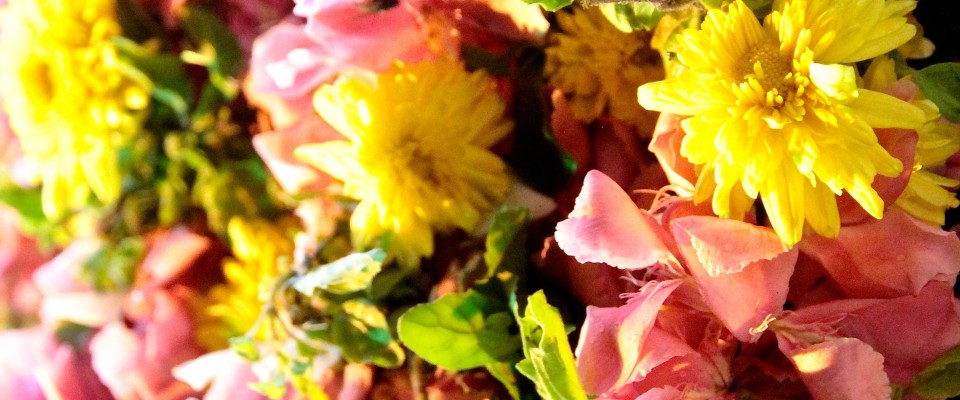In India you will be surprised by the brilliance of the Indian women’s shimmering saris, and their femininity, their hair adorned with flowers and scented with jasmine.
A mark of respect
Indians, in general, appreciate cared-for, even elegant, dress. That is for them a mark of respect for oneself and for one’s interlocutor.
We remind you that for women, very short skirts, shorts, plunging necklines, and tank tops … are to be avoided.
For men, short shorts are also unsuitable, especially for visits to places of worship, be they Hindu, Jain, Sikh, or Muslim.
Covering up is also the best protection against mosquitoes and the sun depending on the region and time of the year. You will need to remove your footwear to enter places of worship; your shoes will be kept for a few rupees (if you don’t want to walk barefoot, bring along some socks). Don’t wear leather (belt, bags, wallet, sunglasses cases, etc.) when you visit a Jain family or their temples.
Shopping
You will find many dress shops for shopping (Kashmir shawls)…The Tamil cloth sellers’ stalls sell a wide range of fabrics, loincloths (dhoti) of various colours, and shimmering “Madras” style.
Other additional information:
- Travel information: “flights” and “transfers”
- “Visas”
- Finding an “hotel” in Mahābalipuram
- Taking photos in India
- Information on “health” in India

